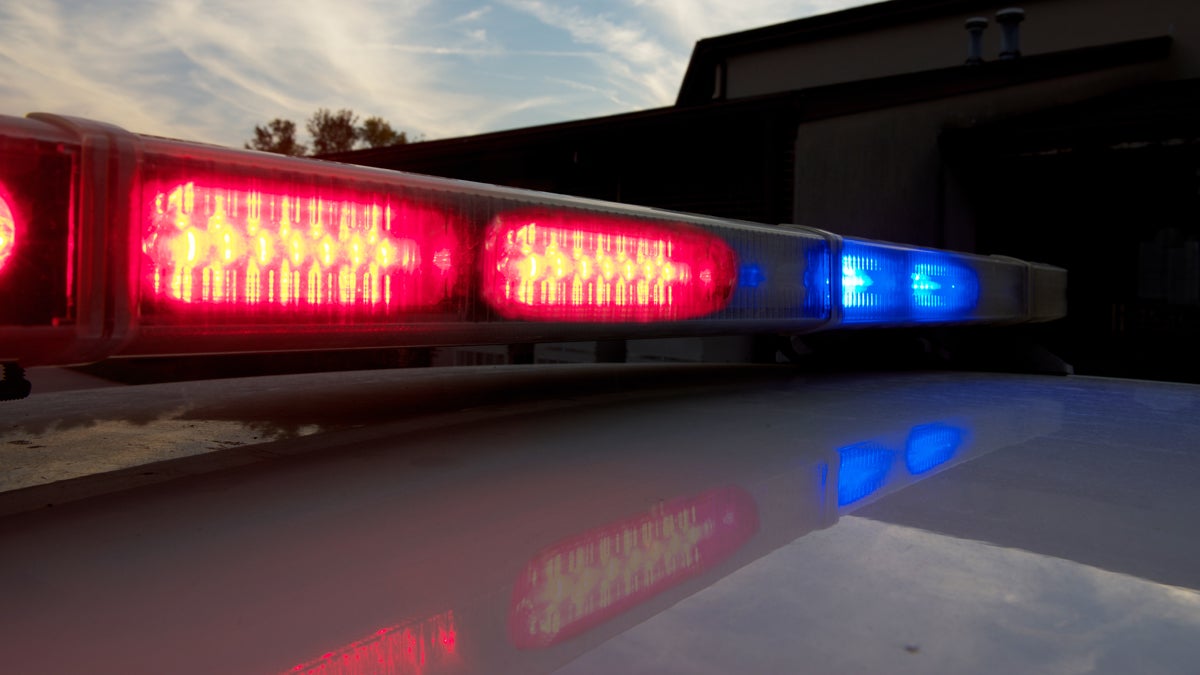Following child’s death, Gloucester County police departments changing policy on lights and sirens
 Police strobe lights image courtesy of Shutterstock.com) " title="shutterstock_police_1200x675" width="1" height="1"/>
Police strobe lights image courtesy of Shutterstock.com) " title="shutterstock_police_1200x675" width="1" height="1"/>
(Police strobe lights image courtesy of Shutterstock.com)
Before the death of Matthew McCloskey — the Franklin Township, New Jersey, 10-year-old killed by a speeding police car in December — officers were not required to activate their flashing lights and sirens when responding to non-emergency calls.
Now — when speeding 20 mph or more over the posted limit — they will, according to a new mandate issued by Gloucester County Prosecutor Sean Dalton Tuesday.
“This policy takes a significant step forward in addressing an important issue of public safety,” said Dalton.
The response modes of police departments in Gloucester County are broken down into three categories: Priority one is an emergency in which lights are always required, while priority levels two and three are non-emergency responses that require an officer to use discretion on how quickly they need to arrive.
The new requirement is most likely to take effect during the level-two responses. On the night Matthew was killed, the officer responding to an “unruly juvenile” call was traveling more than 50 mph.
All Gloucester County police departments are required to implement the policy by May 1. Individual departments can lower the 20-mph limit if they choose.
Some leeway will also be provided when cops need to approach non-emergency situations quietly, but Dalton said those officers will be held more accountable if they choose to speed.
“Police officers have always had discretion, they’ll continue to have discretion, so that part doesn’t change,” said Dalton.
“I’m confident it can be implemented in those situations where an officer’s safety is important, that they’ll not have to respond with lights and sirens in order to ensure there’s a covert response when there’s a crime in progress.”
WHYY is your source for fact-based, in-depth journalism and information. As a nonprofit organization, we rely on financial support from readers like you. Please give today.




